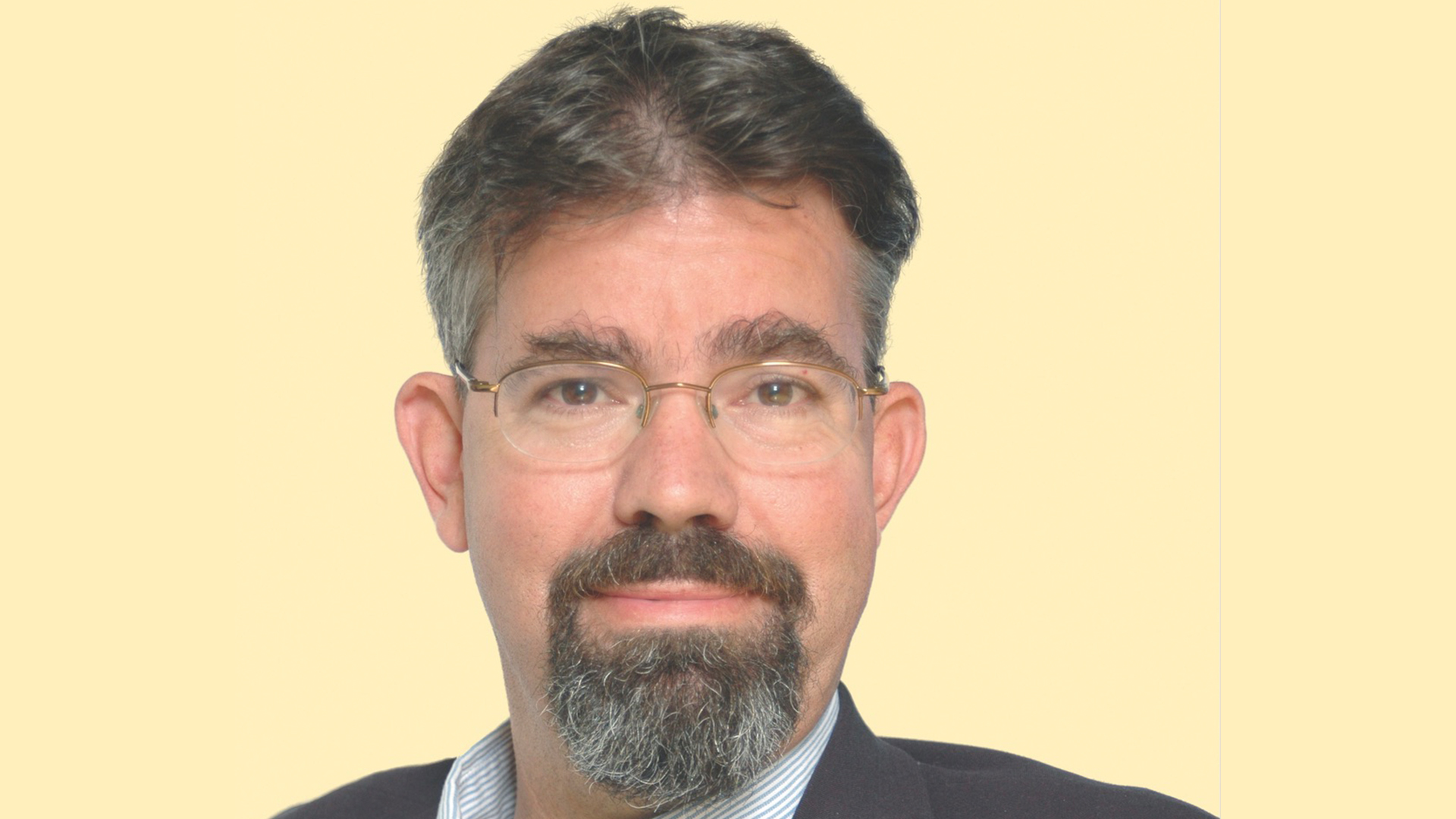Broadcasters Tackle Spectrum-Sharing Debate
There has been much debate of late over sharing TV spectrum with laptops and other mobile wireless devices. Broadcasters have heard a lot of talk from companies such as Dell and Google about the fallow spectrum being protected in the TV band. But the national broadband plan, due to Congress on Feb. 17, 2010, has created numerous new opportunities for those companies and other parties—including the Democratic-led FCC and Congress—to take aim at broadcast spectrum and to raise questions about how efficiently it is being used.
One of the latest red flags involving the issue came two weeks ago, with the commission's decision to seek specific comment, as part of the broadband plan, on how spectrum could be put to better use, including whether efficient use of spectrum should be part of the FCC's public-interest test for spectrum holders.
Then there was the request last week by CTIA-The Wireless Association (which includes AT&T, Verizon and Sprint/Nextel) that the FCC needed to find and reallocate another 800 MHz of spectrum given the coming demands of wireless broadband.
Those demands have been a constant drumbeat at the FCC as it works feverishly on the February plan. Wireless broadband needs more spectrum to produce the higher speeds the FCC suggests will be required to deliver applications.
FCC Chairman Julius Genachowski has, in fact, called spectrum the “oxygen” of the wireless world. That comment has some broadcasters worried about whether the operative question will become, who's sucking up all our oxygen?
Nobody was pointing fingers at broadcasters at an FCC meeting last week on the status of the plan. But the message from several panelists suggested the need for a lot more freed spectrum: to save lives via real-time monitoring of heart patients; to save energy via real-time tracking of electricity consumption patterns; to use for high-definition video and two-way conferencing for education; and more.
There are also efforts on Capitol Hill to figure out where more spectrum can be found. A Google-backed spectrum bill from Sen. John Kerry (D-Mass.) would require the FCC to come up with an inventory of spectrum use and efficiency.
The smarter way to stay on top of broadcasting and cable industry. Sign up below
A Kerry aide told B&C last March when the bill was introduced that it was not an effort to take away broadcasters' spectrum. But Kerry did suggest the public airwaves belonged to the public, and cited the 700 MHz auction of reclaimed TV spectrum and the FCC's decision to require TV stations to share spectrum with unlicensed devices as two examples of innovation.
David Donovan, who heads the Association for Maximum Service Television, the broadcasters' spectrum watchdog lobby, has noted the heightened chatter about finding more spectrum and agrees there is more out there. “Lost in this entire debate,” he says, “is the fact that the FCC has allowed spectrum allocated to the mobile satellite service [MSS] in the 2 GHz band to remain unused for nearly a decade. In terms of spectrum re-use, the 2 GHz band would be more appropriate for broadband services than existing broadcast spectrum.”
Broadcasters have already given up a quarter of their former spectrum holdings in the move to digital; more than 100 MHz was reclaimed, leaving broadcasters with about 300. And they will be sharing that spectrum with mobile broadband devices thanks to the FCC decision to allow sharing of the so-called “white spaces” between TV channels. But talk out of the FCC is about freeing up spectrum, with video migrating to the Web and wireless broadband becoming ever more vital to the broadband rollout effort, which is the FCC's top priority.
If the administration's concern about the minority of viewers who still get an over-the-air signal is any indication, however, broadcasters' claim on their spectrum ought to be safe given the premium the Obama administration put on those households in the DTV transition. The switchover was delayed for more than three months so those viewers could be better prepared.
Some industry watchers have suggested the government, instead of trying to muscle out broadcasters, might try to encourage the weakest station in each market to voluntarily give up its broadcast channels in exchange for a cable-only model that would include must-carry. For over-the-air households that cannot afford cable, the government would provide a subsidy to pay for that service.
Republican FCC Commissioner Robert McDowell has suggested that more efficient use of the spectrum would go a long way toward taking care of the problem. But Chairman Genachowski isn't persuaded. “While it is true that new developments in data-compression techniques or greater network efficiency through subdividing cells in a provider's network can ameliorate some of the pressing need,” he said in a recent online interview with The New Yorker, “I believe, long-term, we will need to find more spectrum.”
E-mail comments tojeggerton@reedbusiness.com
Contributing editor John Eggerton has been an editor and/or writer on media regulation, legislation and policy for over four decades, including covering the FCC, FTC, Congress, the major media trade associations, and the federal courts. In addition to Multichannel News and Broadcasting + Cable, his work has appeared in Radio World, TV Technology, TV Fax, This Week in Consumer Electronics, Variety and the Encyclopedia Britannica.

